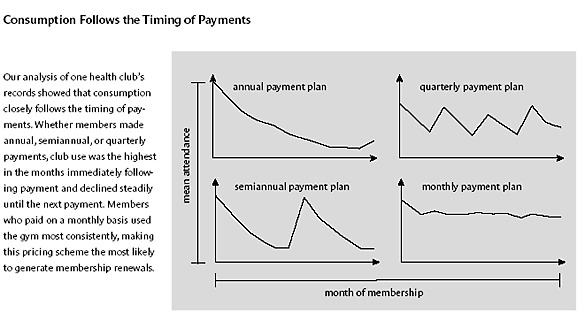 Media
Media
Why Is Every Streaming Service Using the Same Pricing…
I’m not sure I’m clear on the author’s thesis here. One size fits all likely is leaving profits on the table as price sensitive customers do not join and the most passionate customers would pay more under a metered system. However, the argument that rolling back to complex wireless style plans does not hold up. Studies have shown too much choice in acquiring a product leads to inaction (aka the “Chinese menu effect”). Wireless carriers amongst others didn’t simplify out of generosity toward their customers. They had enough pricing data to be able to simplify and optimize. Thus, at best, the argument can only be made that these content providers have not yet tested enough to know their price sensitivity and optimal pricing.
A one-price-fits-all strategy fails to acknowledge the simple fact that for any product or service, customers have unique needs and a different willingness to pay.
https://hbr.org/2019/11/why-is-every-streaming-service-using-the-same-pricing-model
Which offers an opportunity to actually test pricing here to see sensitivity. And these pricing tiers could even remain beyond a test but the point is to sub-segment your customers based on need and then target them with different offers (e.g. unlimited kids content vs. all Star Wars vs. one low price for a given series). What Netflix has learned (and thus drives their content strategy) is that to keep subscribers, you only need one proprietary show they are passionate about and can’t get elsewhere which is why they continue to produce hyper-niche content.
It’s odd that with the exception of Disney+, which is offering discounts for a long-term commitment, streaming services typically only offer month-to-month plans. This pricing strategy makes it easy to turn services on and off. (In theory, I could watch all of Succession by subscribing to HBO Max for just one month.) Volume discounts — committing to a period of time — can be employed to reduce customer churn.

The author should read the HBR article on the psychology of consumption to see that annual lock-in discounts are very often sub-optimal especially for intangible goods (e.g. gym memberships, content). Those need to be reinforced regularly so that customers realize value and keep their subscription as the study in the article describes.

